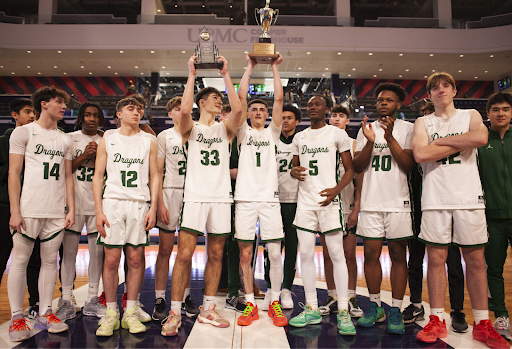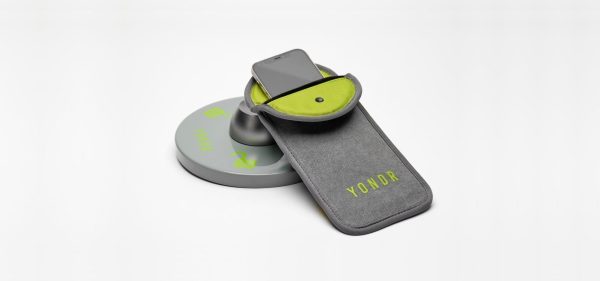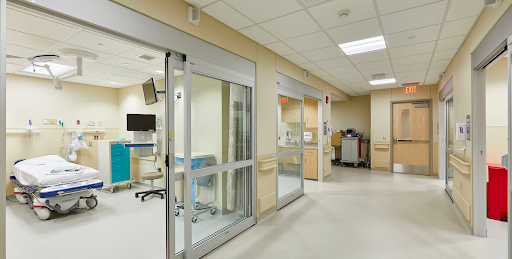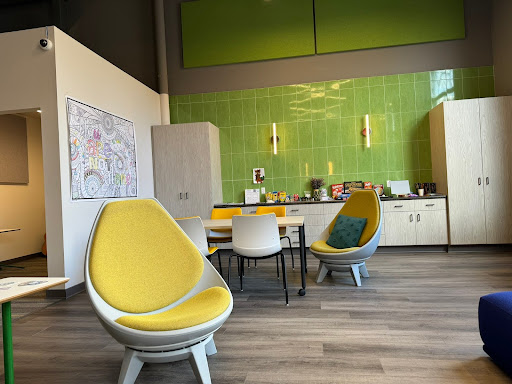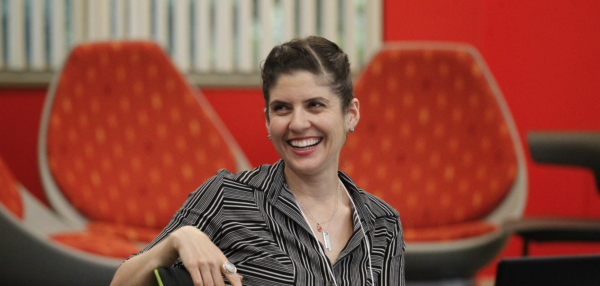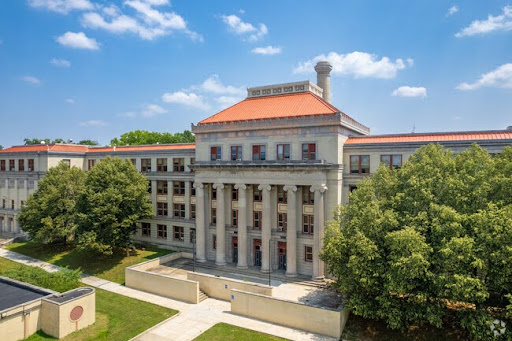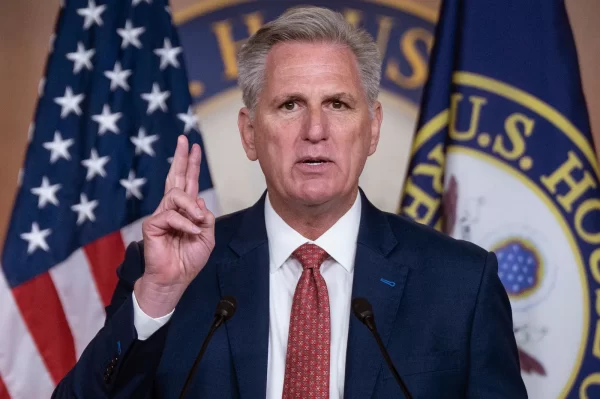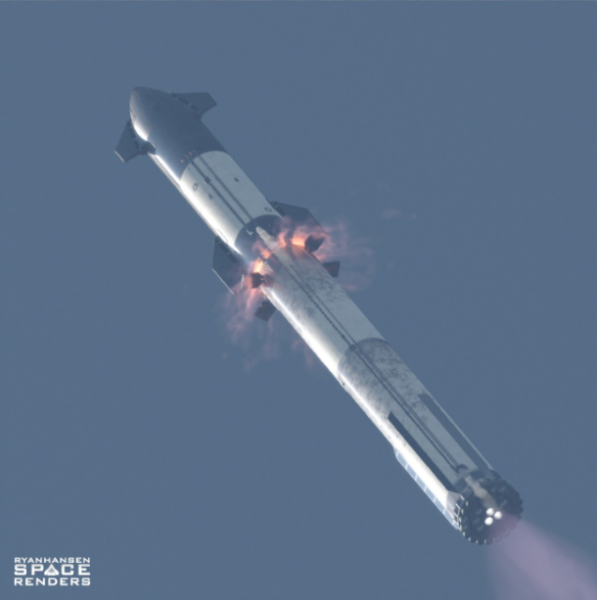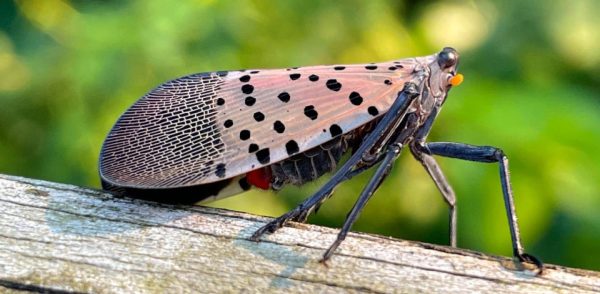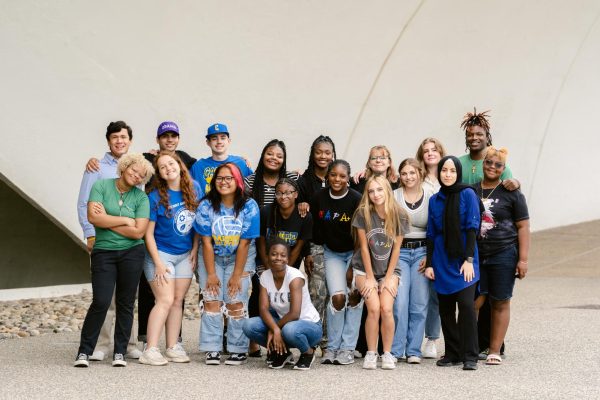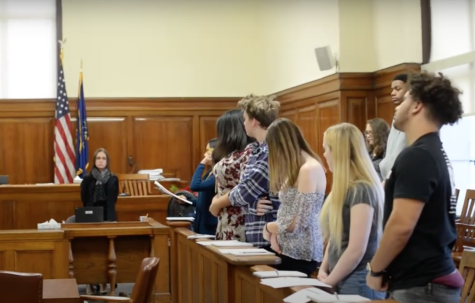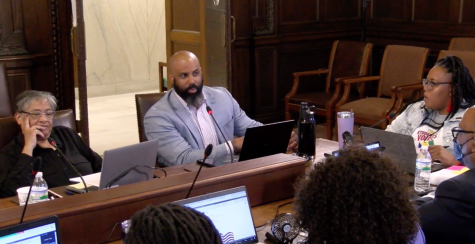Black Lives Matter Graffiti Turns Into Community Art Project

A BLM mural under the Fort Duquesne Bridge downtown.
In the midst of ongoing local and national protests demanding racial justice and decrying police brutality against African Americans, Conor Clarke and Joshua Krajnak are the first to say that one of Pittsburgh’s newest murals, the words “Black Lives Matter” painted white reaching twelve feet tall, wasn’t their idea. Seen from the north bank of the Allegheny river, Near PNC park, six, white, house painters got together, including Clarke and Krajnak, and decided to send a message.
A couple hours into the project, after the letters were outlined in red, the group of painters were approached by police, who had received a call about the project but didn’t ask them to stop.
After a friend of Clarke bailed on the project, he called in Max Gonzales to paint the portraits of George Floyd, Breonna Taylor, Antwon Rose, and Ahmad Arbry, who were all victims of police brutality. Although this piece of art was never sanctioned by the city of Pittsburgh, the mayor had told Pittsburgh police to let the art and the artists be.
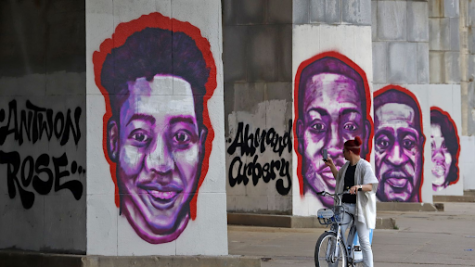
Pretty soon pictures of the artwork were out on various social media platforms for the city of Pittsburgh to see. The mural sparked controversy, not because of the mural’s content but because of the lack of Black artists involved, as planners or artists. One of the main critics, Camerin “Camo” Nesbit, thought the message of the mural was great, but not the fact that Black artists had been left out of the process. He’s immediate response was to recruit fellow Black artists to collaborate on the project as well. Later that day fifteen local artists arrived on site.
When asked about the criticism of the project the original artists said “I could understand people’s perspective on that, for sure, but at the same time we worked with the resources that we did have and just moved forward with people that we knew and trusted and were comfortable working with. We didn’t want to involve anyone that would be vulnerable to potential arrest or put anyone else in jeopardy.”
As a response to this statement Nesbit said, “That part of the frustration in the African American art community is that white artists tend to get more opportunities for sanctioned and unsanctioned art. As for Black artists, it’s more difficult to get sanctioned art opportunities and there’s a biased way it goes.” This goes to show the importance of involvement of Black artists especially in BLM-based art.
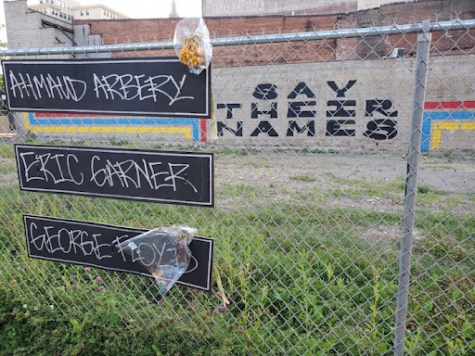
This downtown mural isn’t the only piece of art that Clarke and Krajnak are a part of. Right across from the Target in East Liberty, in an empty lot, a mural written black letters reads “SAY THEIR NAMES” with the names of thirty-two victims of police brutality. This mural was also unsanctioned but still remains today.There are countless murals across the city of Pittsburgh, sanctioned and unsanctioned, but the messages they spread tells a lot about our community.
Using art to create a message is one way to advocate for victims of police police brutality and the Black community as a whole. Supporting local, Black-owned businesses, buying art from Black artists as well as simply educating yourself, friends and loved ones about how you can be an ally can go a long way.
Zoe Obenza-Bridges is a senior at Pittsburgh Allderdice High School. At the school newspaper, The Foreword, she is the lifestyle editor and enjoys investigating...
